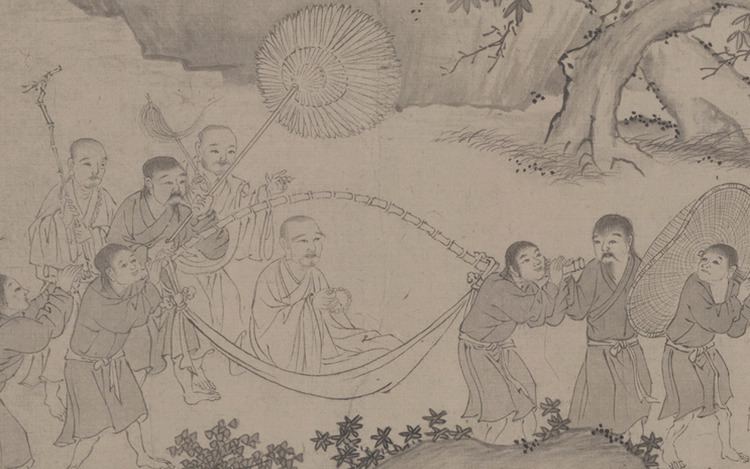 | ||
Vietnamese clothing refers to the traditional clothes worn in Vietnam.
Contents
History
Chinese style clothing was forced on Vietnamese people by the Nguyễn dynasty. Trousers have been adopted by White H'mong. The trousers replaced the traditional skirts of the females of the White Hmong. The tunics and trouser clothing of the Han Chinese on the Ming tradition was worn by the Vietnamese. Trousers and tunics on the Chinese pattern in 1774 were ordered by the Vo Vuong. The Chinese clothing in the form of trousers and tunic were mandated by the Vietnamese Nguyen government. It was up to the 1920s in Vietnam's north area in isolated hamlets wear skirts were worn. The Chinese Ming dynasty, Tang dynasty, and Han dynasty clothing was ordered to be adopted by Vietnamese military and bureaucrats by the Nguyen Lord Nguyễn Phúc Khoát (Nguyen The Tong).
Examples of garments
Clothing associated with the Vietnam war include: "black pyjamas", dép lốp (rubber sandals), the rural khăn rằn scarf.
20th Century
From the twentieth century onward Vietnamese people have also worn clothing that is popular internationally. The Áo dài was briefly banned after the fall of Saigon but made a resurgence. Now it is worn in white by high school girls in Vietnam. It is also worn by receptionists and secretaries. Styles differ in northern and southern Vietnam. The current formal national dress is the áo dài for women, suits or áo the for men.
